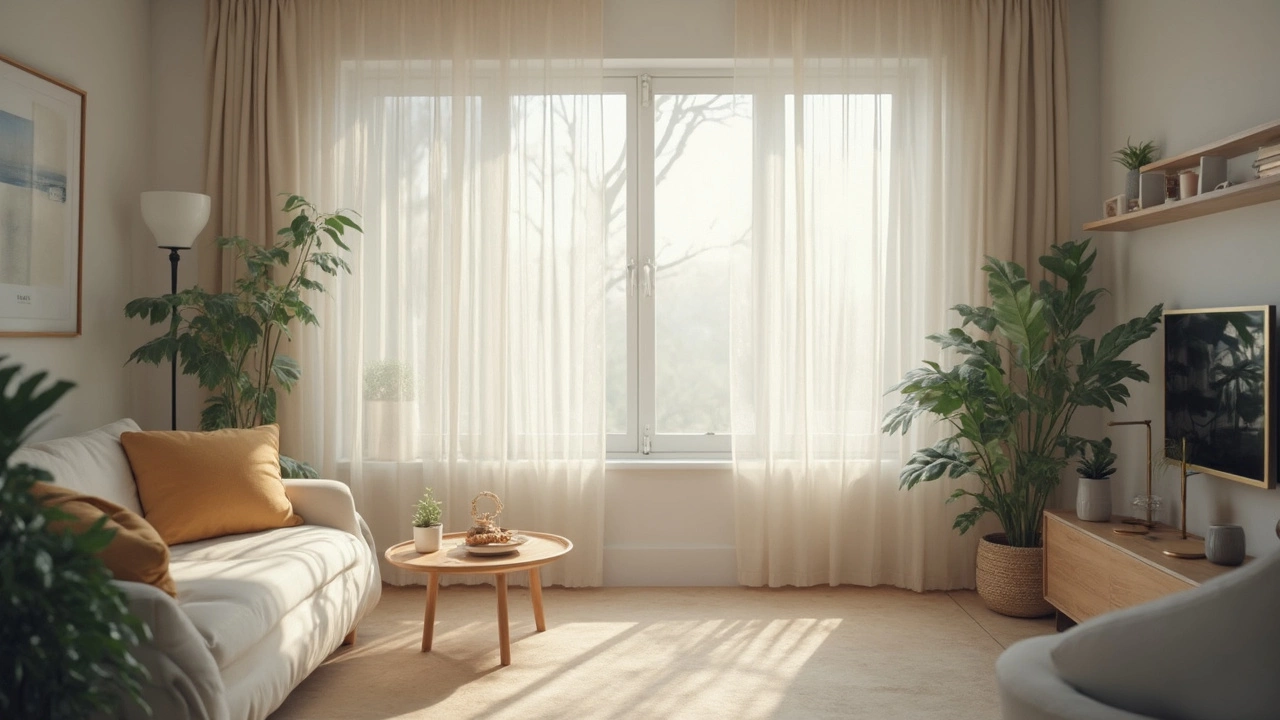Room Temperature Tips for a Comfortable, Healthy Home
Ever walked into a room that feels just right? That feeling usually comes from a steady room temperature. It’s not just about staying cozy – the right temperature protects your flooring, stops mold, and keeps your whole house feeling good.
How Temperature Impacts Your Flooring Choices
Different floors react to heat and cold in their own way. Hardwood expands when it gets warm and can contract when it’s chilly. If the temperature swings a lot, you might see gaps or warping. Luxury vinyl plank (LVP) and engineered hardwood handle changes better, but they still need a stable environment.
When you pick a floor, think about the room’s typical climate. Bathrooms and basements often stay cooler, so a moisture‑resistant LVP or tile works well. Living rooms that stay around 68–72°F are perfect for engineered hardwood. Keeping the thermostat steady helps the floor stay flat and looks great for years.
Practical Ways to Keep Your Home at the Right Temperature
First, set your thermostat to a consistent range – 68°F in winter and 75°F in summer works for most UK homes. Use a programmable thermostat so you don’t have to remember to adjust it manually.
Second, seal gaps around doors and windows. Drafts make the heater work harder and can cause cold spots that hurt wood floors. Simple weather‑stripping or caulking cuts those drafts fast.
Third, let new floors breathe. After installation, give the floor a few days to adjust before turning the heat up high. This avoids sudden expansion that can create cracks.
Fourth, watch humidity. Too much moisture invites mold, especially on carpets or in damp rooms. A dehumidifier in basements and bathrooms keeps humidity around 40‑60% and protects both the structure and the floor.
Finally, use rugs wisely. A rug in a high‑traffic area adds comfort but also creates a barrier that can trap heat underneath. Choose breathable rugs and lift them occasionally to let air move.
Small changes like these make a big difference. You’ll notice lower energy bills, longer‑lasting floors, and a home that feels just right whenever you step inside.
Got a specific room that always feels off? Try a quick temperature check with a handheld thermometer. If it’s out of the 68‑72°F sweet spot, tweak the thermostat or add a fan to balance the air. A comfortable temperature is the secret behind a happy home.
What Color Curtains Make a Room Cooler?
- Gavin Whitaker
- |
- |
- 0
Choosing the right color for your curtains can do more than just match your decor; it can actually help keep your room cooler. Light colors, like whites and pastels, reflect sunlight and prevent heat from entering, while certain materials can enhance this effect. Discover the science behind curtain colors and how to optimize your choice for a cooler and comfortable space.
View more